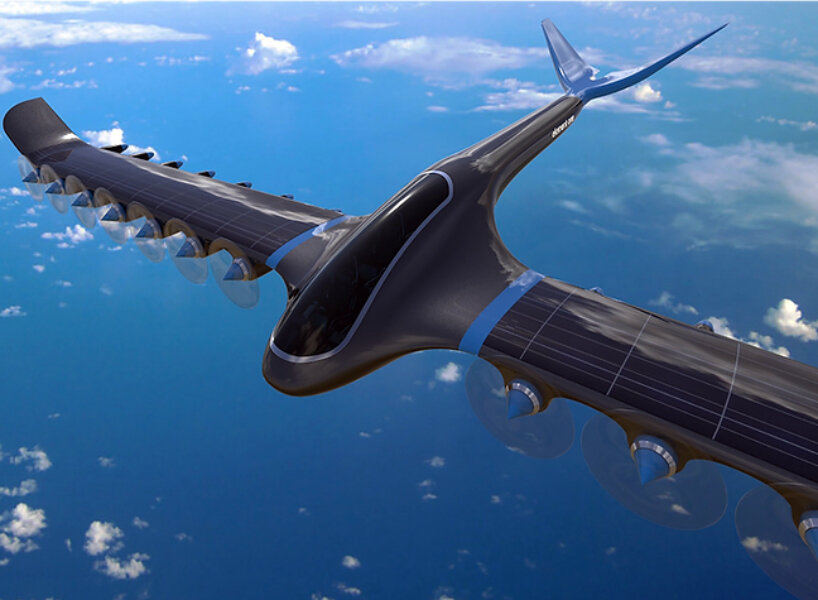A French company H3 dynamics suggests that installing hydrogen and other smaller fuel cells in a series of so-called propulsion nacelles under the wing’s of VTOL can help in advance flying capabilities and the aviation industry.
Earlier this year, the company conducted it’s first flight using the decentralized hydrogen concept.
According to the manufacturers,the 25 kilogram test aircraft can travel up to 900kilometre on liquid hydrogen. or 350 kilometer on compressed hydrogen.
Moreover, in collaboration the company and the Australian UAV producer Carbonix decided to produce the first Australian hydrogen-electric VTOL Increased aircraft system. If we compare the batteries, hydrogen-electric systems can increase flight duration by multiple orders of magnitude. This happens by matching the scale of the Australian continent, and reduce carbon emissions during flights.
Hydrogen Propulsion For VTOL
According to H3 dynamics, hydrogen Propulsion increases aviation’s energy density. Hence, this allows fuel cell powered aircraft to fly farther than fully battery-powered ones. However, the main fuselage is freed up by the company’s MADE hydrogen electric propulsion technology. It helps to provide larger sensors or more cargo for autonomous long distance delivery.
Not only this, but the special nacelle system helps to free up the fuselage volume for aerial deliveries. It also opens up medical deliveries to remote communities in Australia. ‘Australia will most likely be the first to is the commercial electric drones that use hydrogen instead of batteries. This is in order to fly for many hours at a single time and reach those remote locations, or surveys much larger areas of land’, said by Taras Wankewycz, CEO of H3 Dynamics.
Moreover, the collaboration happens as the result of the recently announced alignment between H3 Dynamics and Carbonix’s hydrogen and de-carbonization plans with those of Australia. In addition to converting its drones’ combustion or battery engines. Carbonix is also converting its aircraft and helicopters’ engines to locally produced hydrogen.
Though, creating intelligent long range aerial systems enabling reliable and effective access to critical remote data while respecting the environment is key to us, said by Phillips Van Der Burg, Carbonix CEO.
Moreover, he added that ‘ we will work with H3 Dynamics to complete the hydrogen value chain for several rapidly growing UAV segments, and to do it much more quickly-right here in Australia’.

